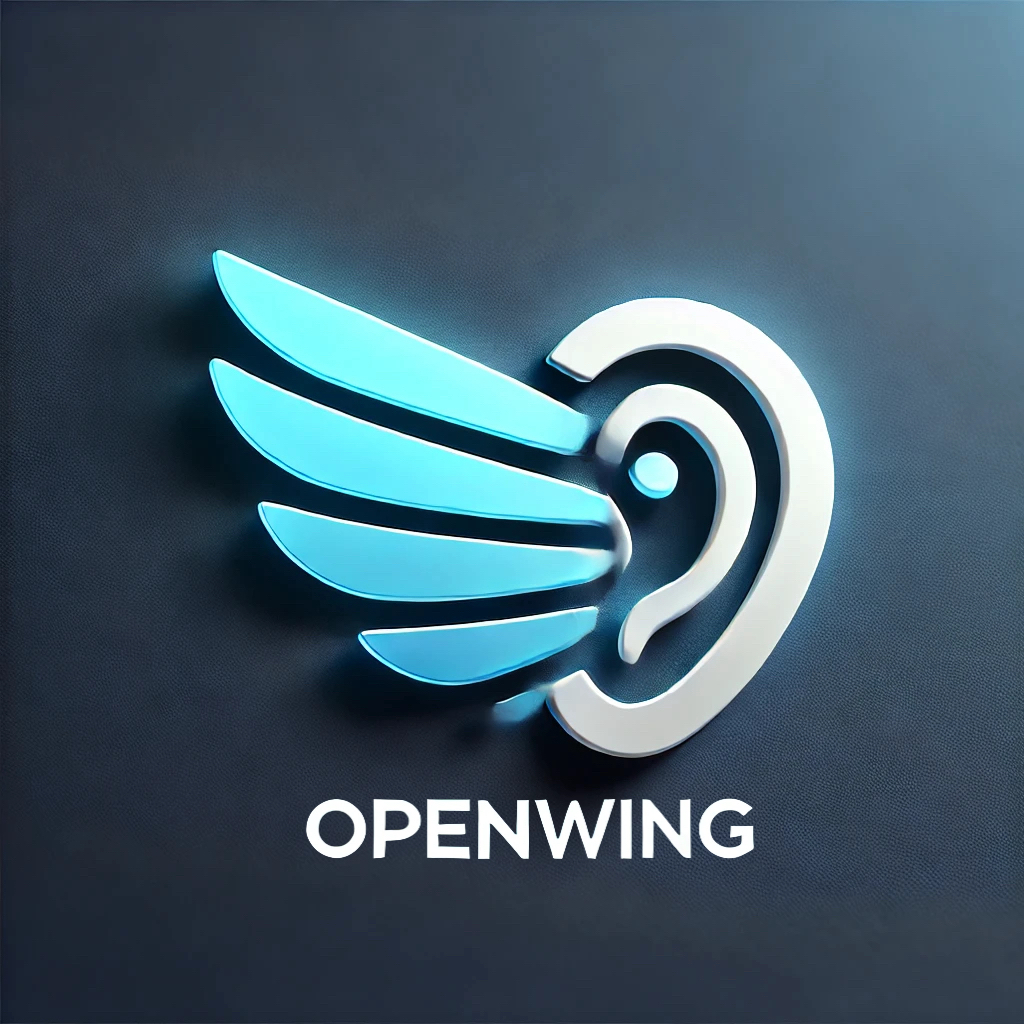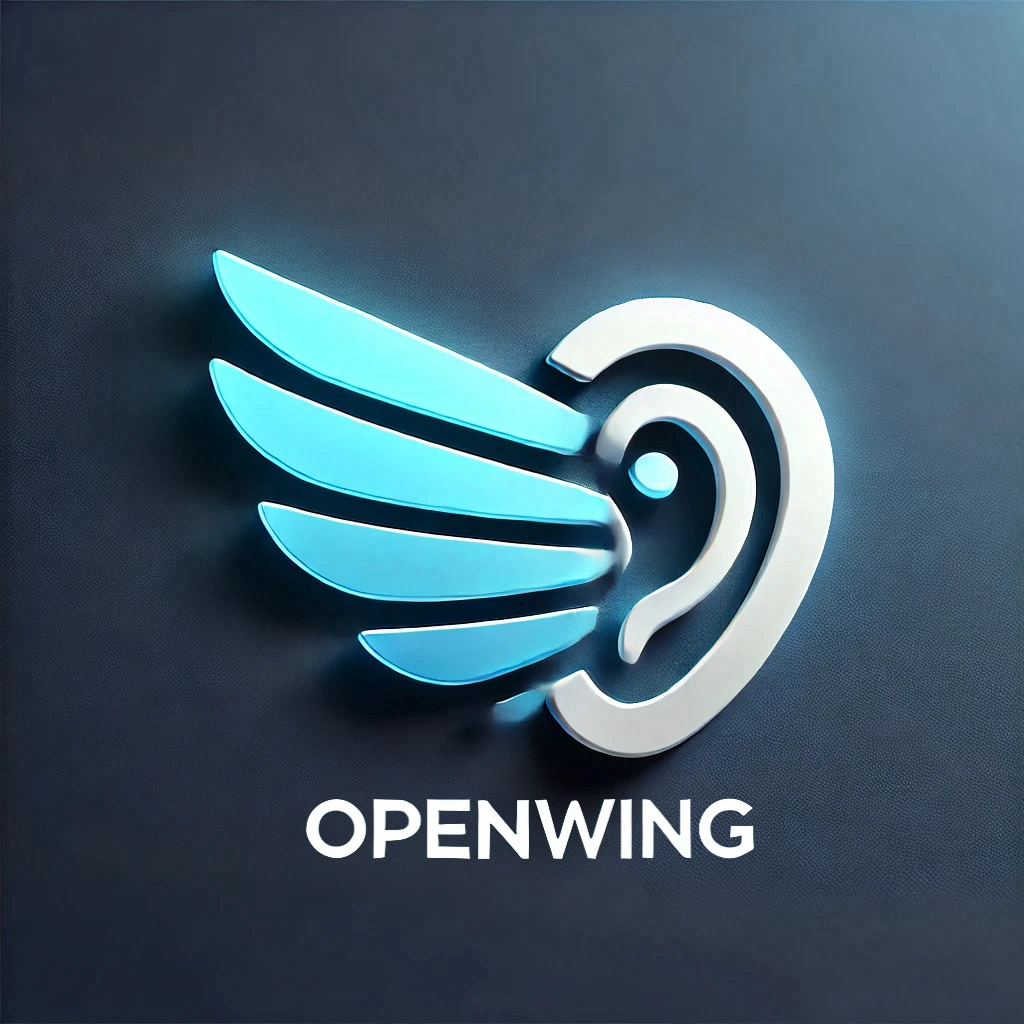Initially introduced as a gimmicky attraction, robots in hotels have now become standard fare. Many establishments are leveraging these high-tech helpers to enhance the guest experience, providing a seamless blend of convenience and innovation.
With the rapid advancement of artificial intelligence (AI), the digital transformation of hotels is gaining momentum. Robots, as intelligent tools, are at the forefront of this shift. They not only improve service quality and enhance customer experiences but also play a crucial role in boosting operational efficiency and cost management.

The evolution of hotel robots can be categorized into three distinct phases:
In the 1.0 era, robots functioned merely as tools, assisting people passively with simple tasks. Moving into the 2.0 era, these machines began to execute more complex tasks autonomously, marking a modest leap in labor efficiency. Now in the 3.0 era, robots operate as intelligent teams, capable of intricate coordination among themselves and with human staff, significantly elevating industry efficiency.

UP is an example of multi-purpose robot designed with modularity in mind. This branded innovative robot can integrate various functional units like delivery, cleaning, dining service, trash collection, and more. The “one robot, multiple pods” design allows for time-sharing and multi-tasking, offering a cost-effective solution that enhances service comprehensiveness for hotel guests.

When guests purchase items from the lobby store, UP can transport the delivery pod to the smart locker and bring the items to their rooms. During peak meal times, UP handles food deliveries, and later in the day or at night, it shifts to cleaning duties. This not only exemplifies human-robot collaboration but also highlights inter-robot cooperation.

Understanding the core needs of the hospitality industry—enhancing service diversity while reducing costs and improving efficiency—is crucial. As pioneers in multi-functional robots, UP redefines the standard for hotel service robots with its “one robot, multiple functions” approach, creating a team of robots with limitless potential in physical and cognitive capabilities.


